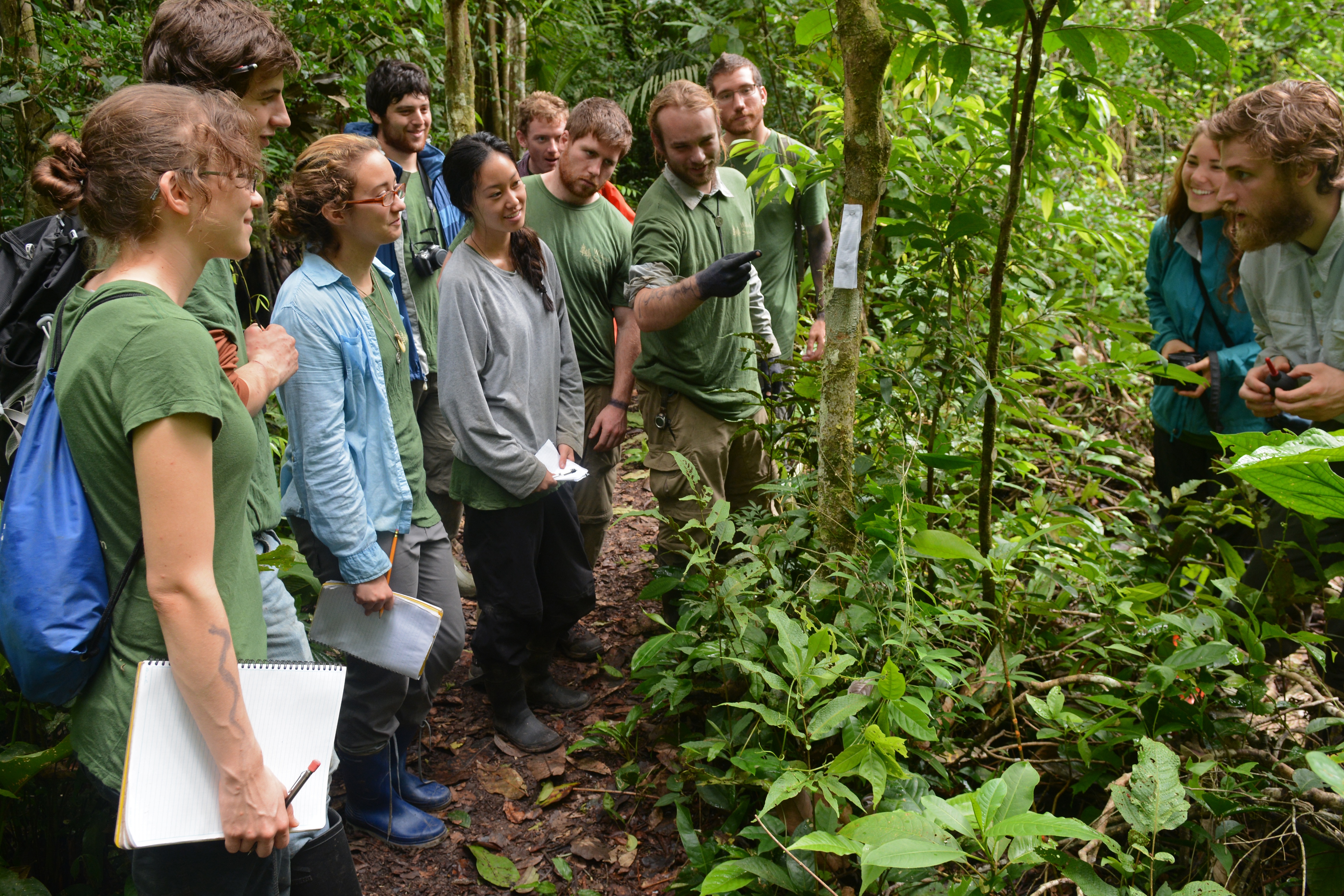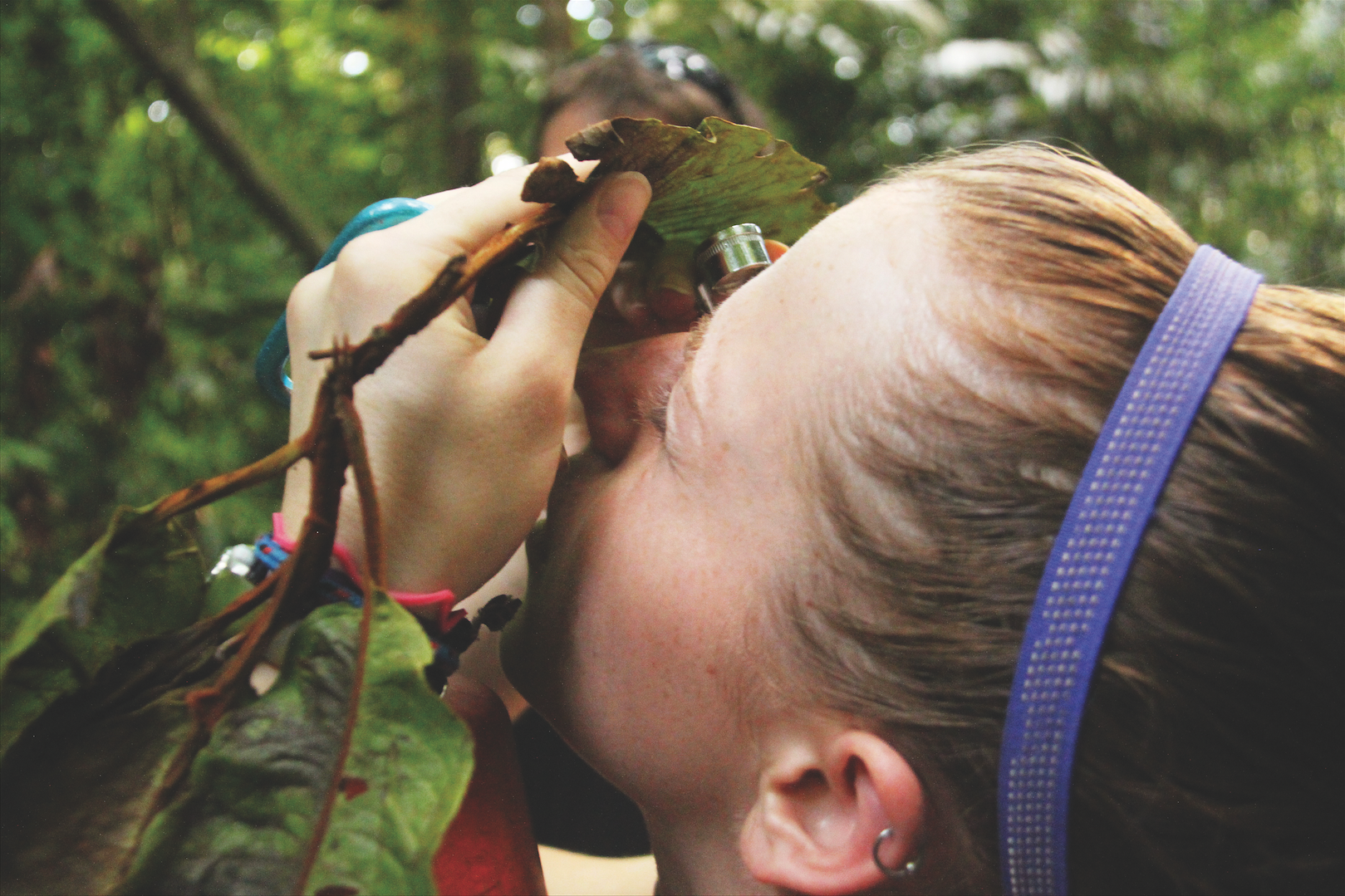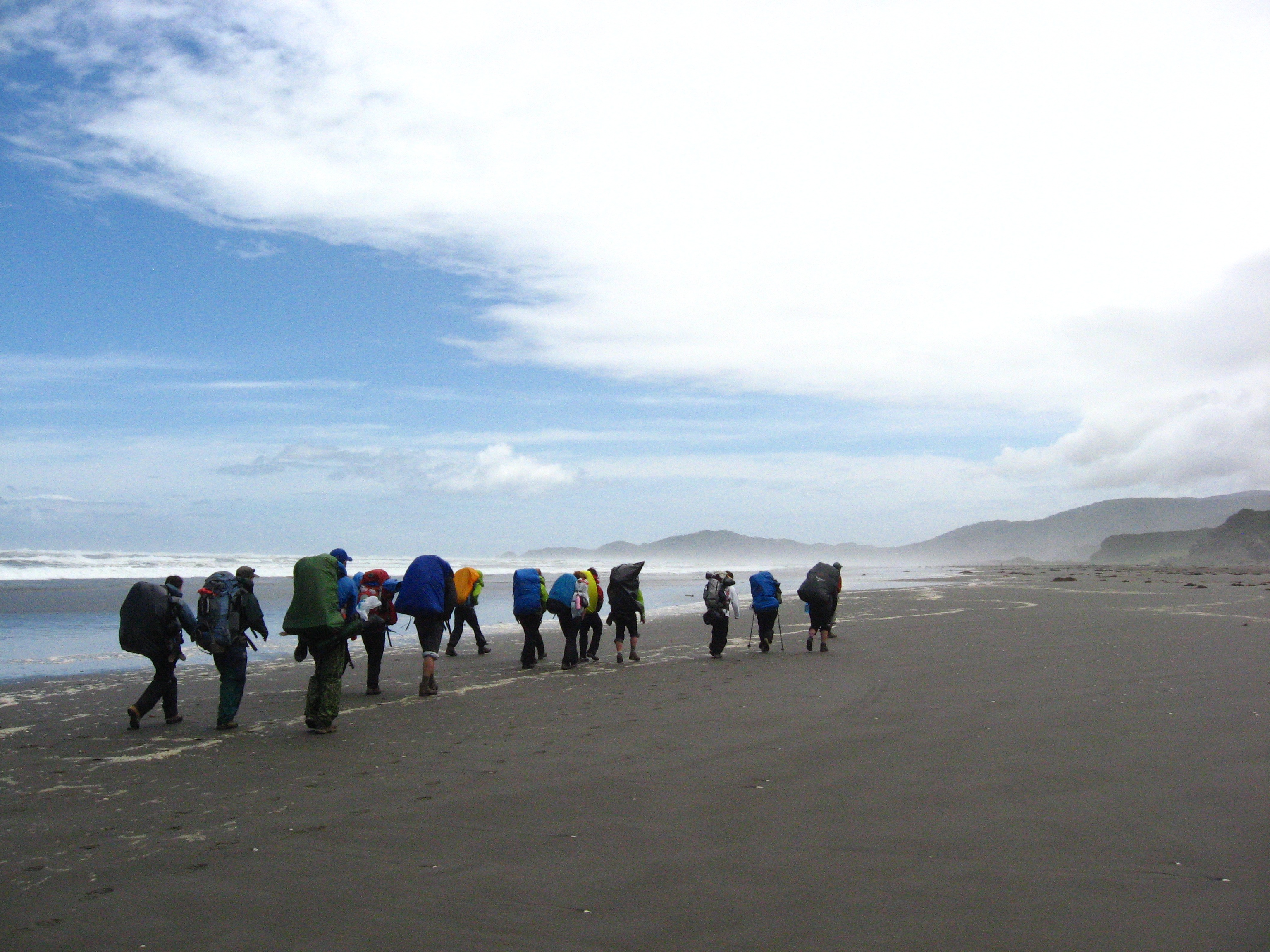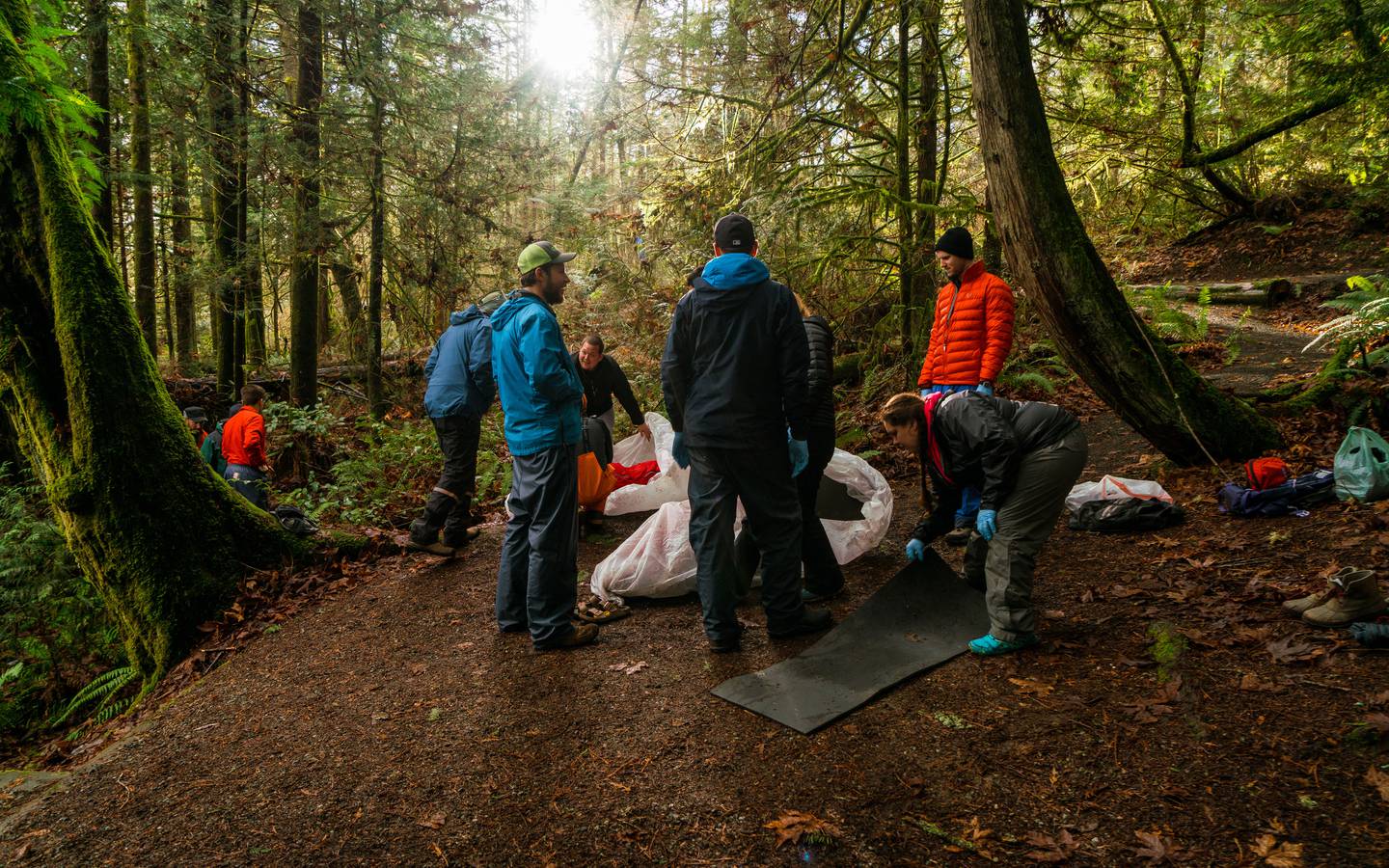For over 36 years, Wildlands Studies has provided environmental field courses to undergraduates in the U.S. and around the world. Leslie Arutunian, director at Wildlands Studies, reflects on the organization and her involvement with the Wilderness Risk Management Conference since 2008.
Learn how risk management relates to student groups at Wildlands Studies and why Arutunian returns to the WRMC year after year.
 Photo courtesy of Wildlands Studies.
Photo courtesy of Wildlands Studies.WRMC: Who are your participants?
Arutunian: Wildlands Studies students are undergraduates who join us from campuses from across the United States and Canada and have a sincere interest in conserving and sustaining the world’s environments. With our courses focused on environmental studies and wildlife management, our typical student comes to us while pursuing a degree in environmental science, natural resource conservation, ecology or similar field. However, we also draw students from the areas of psychology, media arts, and business. Over the past five years, Wildlands Studies students have participated in our programs from more than 100 different public and private universities.
 Photo courtesy of Wildlands Studies.
Photo courtesy of Wildlands Studies.WRMC: What do your participants gain from the wilderness?
Arutunian: Wildlands Studies courses are taught completely outside the classroom. Our faculty use a mixture of teaching methods from formal lecture to informal, hands-on experience in a variety of field settings from backcountry excursions, to field research, information exchanges with local experts, and participation in key research activities. Wildlands Studies students develop many hard skills, such as field research skills and techniques, scientific writing, oral presentation skills, synthesizing information, and thinking critically. Students also cultivate soft skills such as working in a group, learning to observe and listen, flexibility, and self-motivation. Our hands-on approach to learning and our focus on immediate surroundings is what often ignites a student's excitement for learning and can result in increased interest in environmental concerns. On our international programs, students are exposed to different cultures and languages. By being part of the tight-knit community, students learn to collaborate, share, and give—all life skills that transcend career choice and result in increased maturity and self-confidence. There is nothing comparable to the learning students gain through this firsthand experience in the field.
Whenever possible, we have overnight backpacking trips to the backcountry. We know from our alumni that backpacking is the highlight of our courses with huge personal rewards. All Wildlands Studies programs seek to minimize our group impacts in the environments through which we travel. We follow the principles of Leave No Trace outdoor ethics to guide our backcountry decisions and demeanor. This combination of academic and wilderness experience is, we believe, unparalleled.
 Photo courtesy of Wildlands Studies.
Photo courtesy of Wildlands Studies.WRMC: Why does your organization send employees to the WRMC?
Arutunian: Wildlands Studies has sent our employees to the WRMC since we re-structured our organization in 2008. Not only do we gain incredibly important knowledge and information on industry standards and expectations for risk management, communication, liability and operational expectations, but we have also gained a vital network with like-minded individuals and organizations. All of our risk management policies and practices have changed and improved since joining the WRMC.
WRMC: How has attending the WRMC helped you provide a better experience for your participants?
Arutunian: Through attendance at the WRMC, we have improved our risk management practices on both an overarching and everyday on-site basis. We have fully revamped our risk management plan and requirements for each program location, and established significant expectations of our faculty for on-site risk and emergency management. We have re-written our participant agreements, faculty and staff contracts, and other legal documents to reflect the industry standards learned at the conference. We have also established protocols for communication, emergency management, and documentation both on-site and at the office. And specifically for the students, we have written and disbursed a Student Program Manual specifically geared at discussing risk management and responsibility with our student participants.
 Photo courtesy of Wildlands Studies.
Photo courtesy of Wildlands Studies.WRMC: How has attending the WRMC changed the way you manage your program?
Arutunian: As I shared [above], we have truly restructured our organization to provide better service and response in risk management. Our initiative to review, plan for, mitigate and manage risk has changed the way we operate on-site, in the office, and in relation to our students and faculty. In addition, the invaluable resource of connecting with like-minded organizations and individuals, who are willing to share and discuss different ways to operate, has shaped the way we are now organized and run our business.
We’d like to thank Leslie again for her input to and relationship with the WRMC community year after year. If you are looking to restructure your organization, or simply want to learn more about Wildlands Studies, come network with Leslie Arutunian and others at the WRMC!
Why is risk management important to you? Let us know on Facebook and Twitter by using #WRMC2016.
The Wilderness Risk Management Conference (WRMC) unites hundreds of leading outdoor organizations annually to educate wilderness practitioners on practical risk management skills. This blog series highlights organizations that continually return to the WRMC and finds out how the WRMC has influenced their risk management practices. While the questions may be the same, interviewees come from various organizations and unique backgrounds.
Written By
Cassi Smith
Cassi was studying at BYU-Idaho when she became interested in risk management. She is the 2016 WRMC intern, lucky enough to live, climb, and mountain bike in beautiful Lander, Wyoming.




